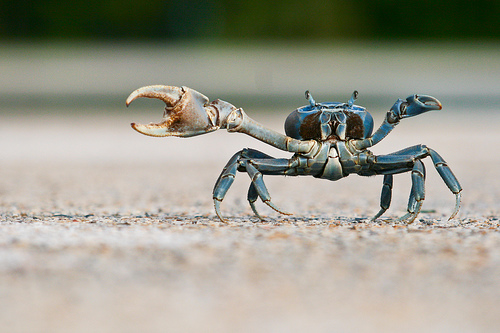(Source: Chesapeake Bay Program)
The Chesapeake Bay Program is a devoted and committed partnership consisting of representatives from Maryland, Virginia, Pennsylvania, and Washington, D.C. who have come together to protect and maintain the quality of the Chesapeake Bay. The Program was originally created in 1983 in response to U.S. Senator Charles Mathias’s (MD) five-year long, $27 million congressionally funded research assignment analyzing the causes of severe marine life degradation in the Chesapeake Bay. Mathias concluded that the main source of this degradation was due to nutrient pollution, and thus the Chesapeake Bay Agreement of 1983 was signed. At this point, the Program consisted of governors from Maryland, Virginia, Pennsylvania, the mayor of DC, the administrator of the EPA and the chair of the Chesapeake Bay Commission, a tristate legislative body representing Maryland, Virginia, and Pennsylvania. These initial members, who were later coined the Chesapeake Executive Council signed a fairly general pledge to come together and help conserve and restore this crucial estuary in immediate need of assistance.
As the Program continued to progress, a second agreement in 1987 was released proposing a 40% cut in nitrogen and phosphorus levels in the Bay by 2000. This same year, with the assistance of the EPA, the Program was acknowledged in the Clean Water Act, section 117. Five years later, amendments were made to this agreement outlining their goal of targeting the exact sources at which the nutrients were entering the Bay and studying the impacts of these contaminants on the Bay's life forms. In 1994 federal offices of twenty-five different agencies came together to sign another agreement for federal agencies on the ecosystem management of the Bay, which highlighted specific federal commitments to the Bay.
The most recent agreement the Chesapeake Executive Council formulated is the Chesapeake 2000 Agreement, outlining their hopes of restoring, protecting and balancing the living resources that inhabit the Bay and improving its water quality. New York and Delaware signed a multi-jurisdictional Memorandum of Understanding with the Program in 2000 and two years after that West Virginia joined the collaborative effort.

